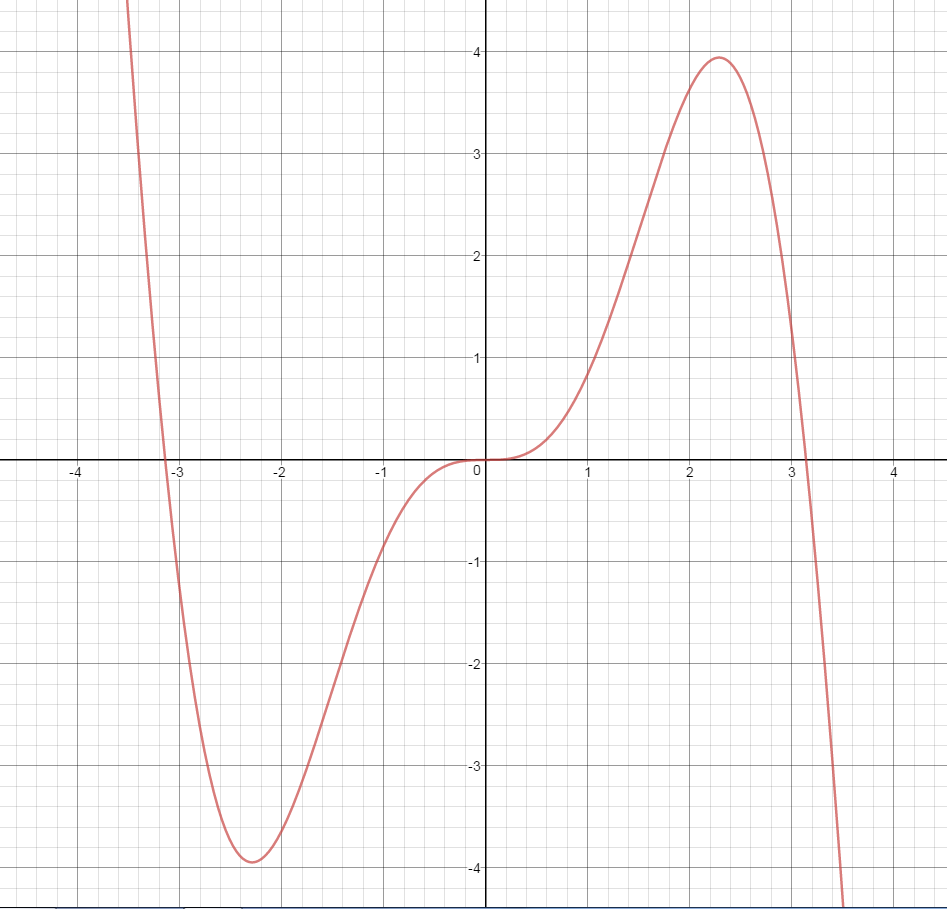By the way, if you don't know what the Riemann Zeta function is, or what a zeta zero is, you should read my last post or do some quick googling.
Now, there is a "common" approach to this problem, which works but is not very elegant, and hard to understand without some concepts in complex analysis. For that reason, and the fact that I can never understand where the apostrophe goes in "Grams Series" (Is it the series belonging to gram, is gram plural, is it the series belonging to my grandmother? So many questions), I will be taking a less known approach.
So, let's jump right in.
Chebyshev introduced the function:
$$ \psi(x) =\sum_{n \leq x} \Lambda(n)$$
Which not only sums prime numbers, but also every power of a prime, but takes its natural log before summing it, because, well, it's math.
Formally, the von Mangoldt function (the big upside down V thing in the sum) is 0 when its argument is not a prime power, and the natural log of it's argument when it is a prime power.
Now, one may feel inclined to ask at this point why we are mucking around with von Mangoldt functions when we have a perfectly good function, $\pi(x)$, that is robust, does it's job, and seems much closer to the actual goal than this one.
The naive answer to this question is that the second Chesbyshev function (the formal name of the function I introduced) is much better approximated by a straight line, and therefore is easier to work with.
 |
| Graph of $y=\psi(x)$ over graph of $y=x$ |
Kind of.
So, returning to our original topic, what does this function have to do with the zeta zeroes? Well, first, we define a slightly different function, which is simply the original function except that at its points of discontinuity (the prime powers) it takes the value halfway between the values to the left and the right.
$$ \psi_0(x)=\begin{cases} \psi(x) - \frac{1}{2} \Lambda(x) & x = 2,3,4,5,7,8,9,11,13,16,\dots \\
\psi(x) & \mbox{otherwise.} \end{cases}$$
Now, prepare for your mind to be blown.
$$\psi_0(x) = x - \ln(2\pi) \sum_{\rho} \frac{x^{\rho}}{\rho} - \frac{1}{2} \log (1-\frac{1}{x^2})$$
Where $\rho$ represents the zeroes of the Riemann Zeta function. Let me re-iterate: You can express a formula for primes in terms of only zeta zeroes. Insane, right? But surely, there must be some explanation for this explicit, incredible formula in its proof?
Nope. This is simply a result of applying Perron's Formula to our original definition, which leaves you with a complex integral of the function $\frac{\zeta ' (s)}{\zeta(s)}\frac{x^s}{s}$ over $\mathbb{C}$, do some contour integration using rectangular contours, and evaluate the integral in terms of the residues of the integrand. The details of this integration will be left as an exercise to the reader.
Fun fact: The $\ln(2\pi)$ in our wonderful formula comes from the fact that $\frac{\zeta ' (0)}{\zeta(0)}=\ln(2\pi)$.
Here's the fun part. It is immediately obvious from the explicit formula that we can calculate this $\psi_0(x)$ function by taking $x-\ln(2\pi)-1/2\ln(1-\frac{1}{x^2})$ and adding pairs of these zeta zero functions, since this sum is taken over both negative and positive zeroes:
$$\frac{x^p}{p}+\frac{x^\overline{p}}{\overline{p}}$$
Using this, we can finally approximate our prime power sum function $\psi_0(x)$, using only zeta zeroes. Here is a gif of our function gradually approximated by the first 50 pairs of zeta zeroes.
Connections like these are rare in math, but they seem to pop up everywhere with the Riemann Zeta function. It's almost creepy how mysterious this function is. In fact, a few years ago, the zeta zeroes were found in the energy levels of quantum particles, of all thingw. It's one of the most astounding and deep functions in all of number theory, and I encourage each and every one of you to research it, because it is simply mind-boggling.
And we still have no idea why.




